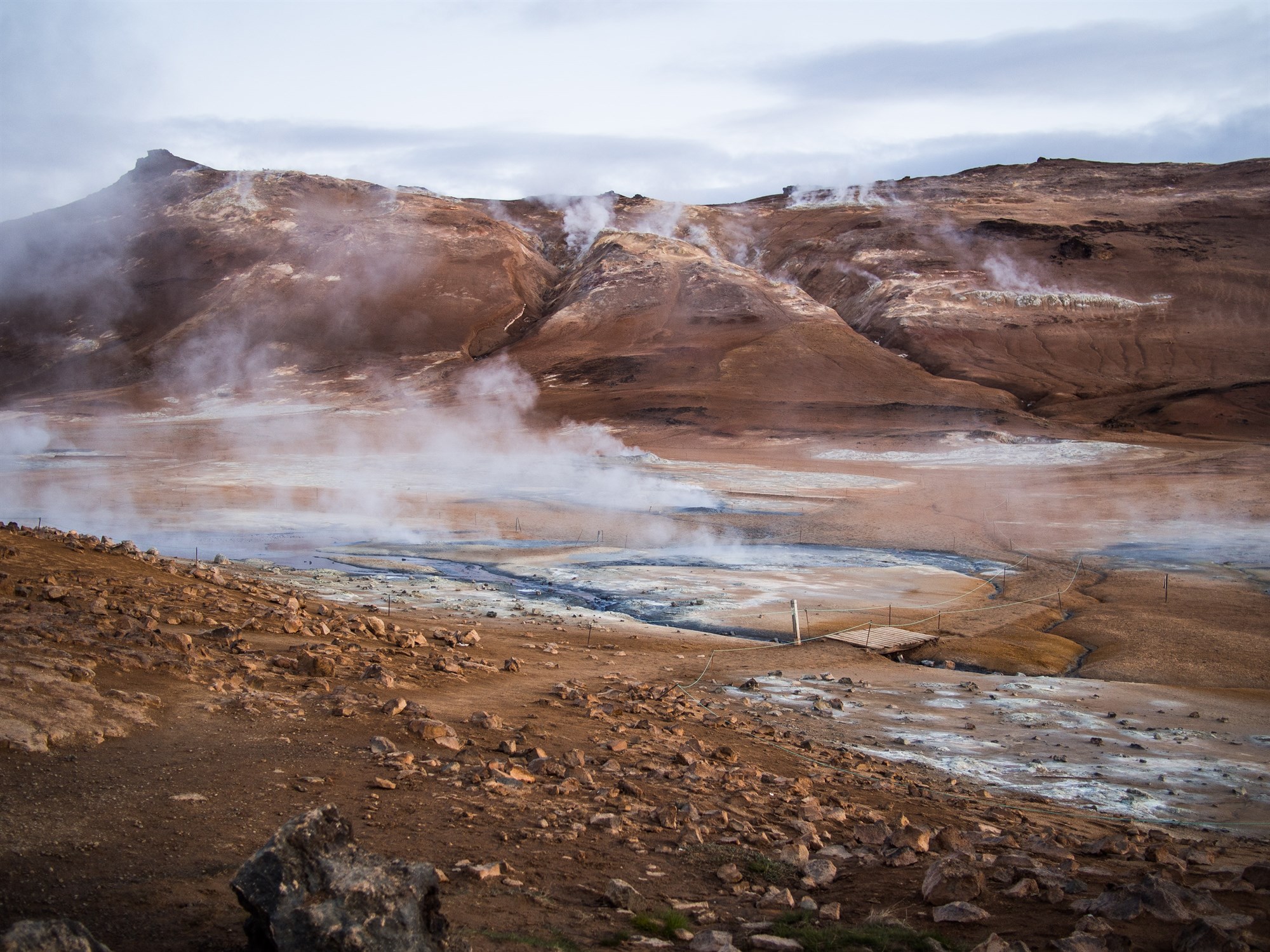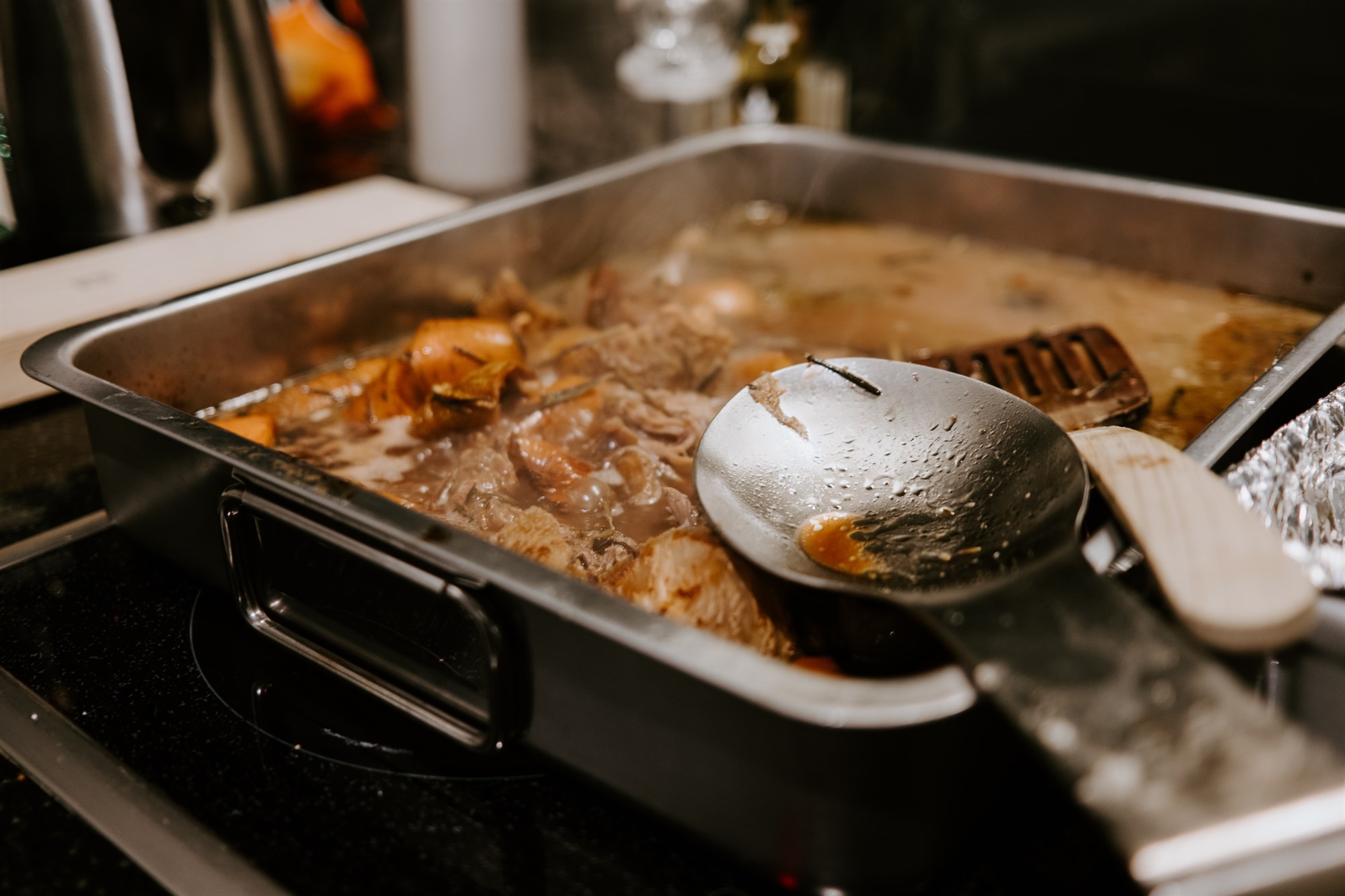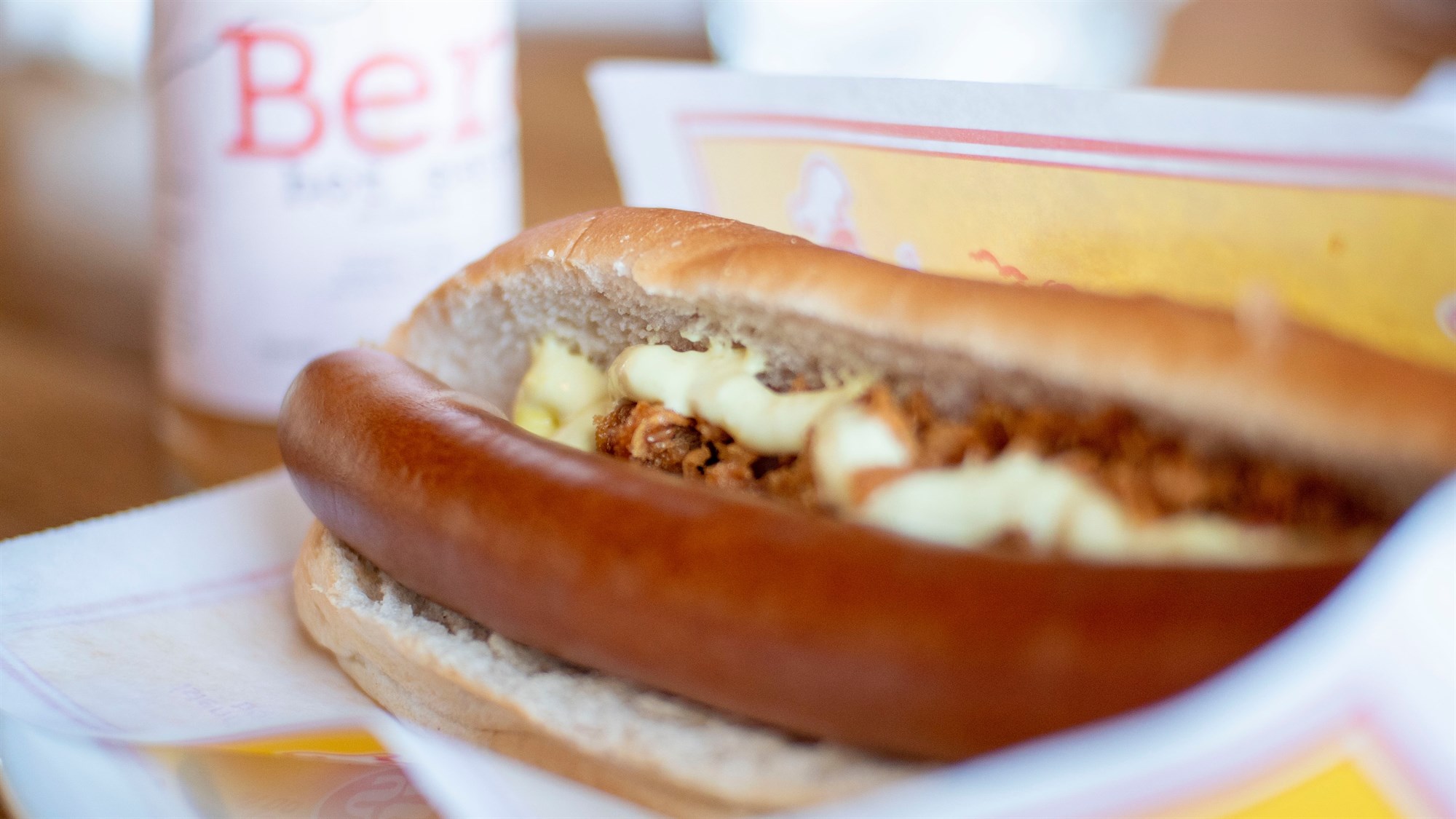Iceland has a fascinating history and culture which has remained remarkably unaffected by outside influences. As an isolated island, the language of the Icelandic people has changed very little since the island was settled, and Icelanders hold on to their heritage and traditions. This includes everyday things, like the food in Iceland.
Iceland is all about unique experiences. Some of Iceland’s typical food is weird, some of it is wonderful, and all of it is worth trying. However, there are a few things worth trying on your visit. We’ve compiled a list of dishes you have to sample whilst in Iceland.
National Dish of Iceland
The most infamous national dish of Iceland is fermented shark or Hákarl in Icelandic. This dish consists of meat from a Greenland shark, or another species of sleeper shark, which is fermented and dried for around 5 months. The fermenting of the meat gives the shark a rather specific fishy flavour along with an overpowering smell of ammonia. Visitors often find Hákarl served on cubes on cocktail sticks, commonly as part of a platter of traditional foods. While an acquired taste, those with a strong stomach should definitely give Hákarl a taste!
Other Traditional Icelandic Dishes
The best way to get to know a place is often through its food. Traditional Icelandic food is warming, concocted to battle harsh winter weather and made from the ingredients that natives could get their hands on. This unique combination of circumstances is what makes traditional Icelandic food so unique.
Sheep’s Head Jelly
Starting with the weird, when you visit Iceland you should sample Sheep’s Head Jelly, or sviðasulta, if you’re up for a challenge. This traditional food is exactly what it sounds like – a jelly-like product that is made from different parts of a sheep’s head. Sheep is a big part of the Icelandic diet historically, and they’ve even turned it into jelly. It may not look appetising, but it is a traditional favourite amongst locals.
Sviðasulta can be eaten in a variety of ways in Iceland, but the most popular ways are to slice up the Sheep’s Head Jelly and eat it as it comes, or to spread it on flatbread with butter. Sheep’s Head Jelly can be found in any Icelandic supermarket, so give it a try!

Hot Spring Bread
This fascinating dish is probably a little bit easier for visitors to Iceland to stomach. Hot Spring Bread, or Rúgbrauð, is simple rye bread, except rather than baking it in an oven, the Icelanders have a much more creative way to bake it. Once the ingredients for Rúgbrauð have all combined, the dough is placed in a wooden cask where it is then buried in the ground near a hot spring, which steams the bread slowly! A real fascinating Icelandic twist on basic bread.
Once the bread is done cooking underground, you can try eating it with butter or even add some fish, like pickled herring or smoked salmon on top.
Fish Stew
Seafood is a big part of the Icelandic diet, which isn’t a surprise considering the country is entirely surrounded by the sea. Some of the most delicious and freshest fish in the world can be caught in Icelandic waters, meaning you can try some truly delicious seafood when visiting Iceland. A staple dish in Iceland is fish stew or Plokkfiskur. This hearty dish consists of boiled fish, like cod, which is then combined with potatoes, onions as well as béchamel sauce. The dish is warming, creamy and perfect for a cold day spent exploring Iceland’s beauty.
Plokkfiskur can easily be found in many Icelandic restaurants, or if your accommodation in Iceland has cooking facilities, why not try your hand at making fish stew yourself? It is a simple recipe!

Lamb Soup
Lamb is another big part of the Icelandic diet, and you will find many different recipes using this meat during your visit to Iceland. Lamb soup, or Kjötsúpa, is a delicious standby that Icelanders enjoy, especially in the cold months. Recipes for this dish can vary for some degree, but it always contains lamb of course, as well as vegetables like potatoes, carrots, and rutabagas. Sometimes you will find that recipes include onions or leeks as well.
This is another dish that you can try your hand at cooking when visiting Iceland if you have access to a kitchen, or you can find it at many restaurants where you can enjoy it prepared by an Icelandic chef.

Hotdogs
The final dish in our list might come as a surprise, but Icelanders really do love hotdogs or pylsur. Icelandic hotdogs are on another level, though, and instead of being made from beef or pork, they also contain lamb. Some even argue that Icelandic hotdogs are the best in the world.
Icelandic hotdogs come with a variety of toppings, but some of the most popular toppings include raw white onion, ketchup, sweet mustard and crispy onions. What really sets Icelandic hotdogs apart is the remúlaði or remoulade, which is a sauce that is traditionally served on hotdogs. More incredible Icelandic street food like hot dogs can be found all over Reykjavik.
If you’re vegan or vegetarian, don’t panic. There are plenty of vegan restaurants within the country’s capital, so there will be plenty of choice for you too! Excited to try some of these weird and wonderful Icelandic foods? Book your hire car trip today with Reykjavik Rent a Car and never miss a moment.